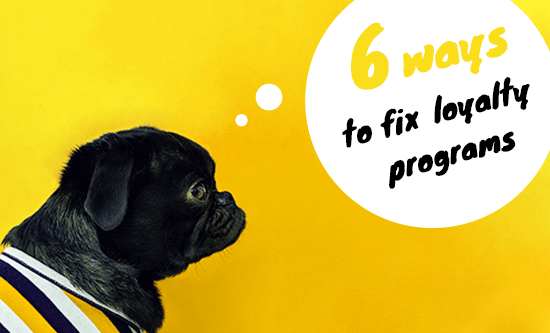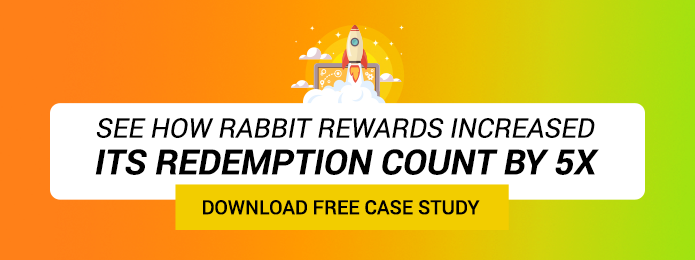Loyalty programs are like bottoms these days, everyone has one. Retailers, airlines, banks, telco’s, coffee shops, restaurants; almost anyone who has customers has some form of a loyalty program, even my local bakery has one. Recent studies have shown that consumers will join up to 10 loyalty programs but are only likely to be active on 3 or 4 of them. The same studies have also shown that, of any one of these programs, the global benchmark is for around 35% of the customer base to be active. You don’t have to be a rocket scientist to figure out that there is a huge wastage caused by a number of factors:
- An acquisition offer that is only compelling for the first transaction (spend $100 and get $10 off your transaction).
- A sign up process that requires no registration. Although there is a low barrier to entry, there’s also an ultra-low level of engagement and investment…let’s face it, if it’s free and easy, it’s got no value.
- No compelling transaction stimulation proposition; earning points on something that you purchase once a month means that it will take a month of Sundays before you get anything, and when you do purchase the product or service you probably have forgotten your card.
- Customers being treated as if your organisation has no clue about them, sending them regular generic special deals for Bras when they are a 45-year-old male.
The biggest challenge isn’t about gathering new data, but rather analysing and correlating the data that’s already in place. That way you can make smarter decisions that lead to meaningful and lasting customer relationships. So, here are 6 ways to improve your program’s engagement:
- Stop treating your members as if they were anonymous. We recently implemented our offer decisioning engine into a client’s monthly newsletter and doubled the sales because customers were presented with product offers that were relevant to them, rather than a generic set of offers for all.
- Be reactive. Send customers offers in response to things they have done or things they haven’t done that you expected them to do. Don’t just send them a weekly email because you have something to say.
- Protect your customers from yourself. The great thing about automation is that it makes it easy to contact your customers. The downside is that it makes it too easy to contact your customers. Email open rates range from 12% to 70%…the difference is the relevance of the emails you send. Companies that send “blast” emails get open rates between 12% and 20%. There is a finite number of times that you can have an irrelevant conversation with your customers. There is an infinite number of times you can have a relevant one.
- Make sure your program is designed to drive value creating-behaviours among your customers. I can’t tell you how many programs I have seen that are either a cut and paste of the Tesco Clubcard or another program, or designed around the organisation’s agenda or commercial deal. Both are bad. Most organisations have a unique product mix and relationship with their customers. Think about how customers create value for your organisation and how you best deliver value to your customers. Keep it simple and easy to understand.
- Don’t build your program to derive all its profit by robbing customers. I’ve seen a few programs where the viability of the program is determined by the “breakage” or the value of unused points or credits, which are expired or unredeemed. The more successful the program from a customer perspective, the less financial the program is. It makes no sense at all.
- Reward loyalty not disloyalty. The most aggressive offers are often focused on winback or customers who split their spend between competitors. The net result is that the most disloyal customers often get better offers than the most loyal customers. In some cases customers figure this out and have two memberships, so they can appear to be at risk or split. Therefore they get the best offers.
If you are going to design a program or redesign a program, think carefully about the value exchange between your program and your customers. Understand clearly how value is created and distributed on both sides of that equation, and make sure your program facilitates this exchange. Be proactive and don’t rely on the program earn and burn policy to do all the work. Have a program that is active, not passive and make rewards reachable and valuable.
Want to know more on what it takes to build a successful loyalty program? Have a look at this case study from Rabbit Rewards, a loyalty program for the Bangkok Mass Transit System with more 3.5 million members, and see how we’ve revamped their program.
 by Regan Yan, CEO of Digital Alchemy.
by Regan Yan, CEO of Digital Alchemy.
Regan is a subject-matter expert in analytical database marketing and customer relationship marketing, as well as an in-demand keynote speaker at national and international events. He also authors thought leadership pieces on data-driven marketing that can be found on our DA Blog.




